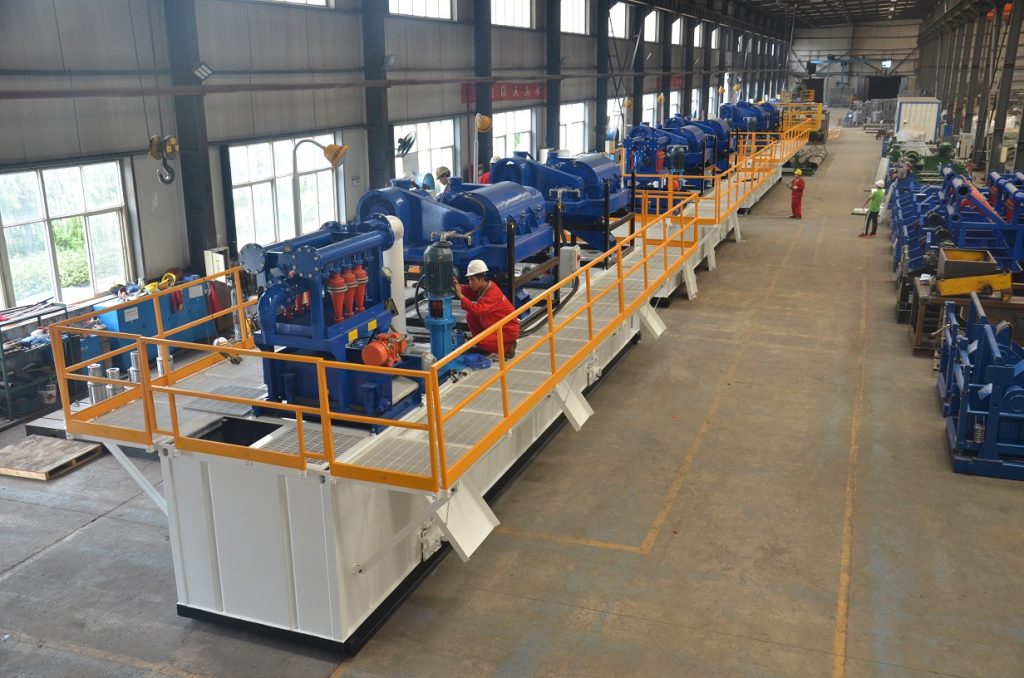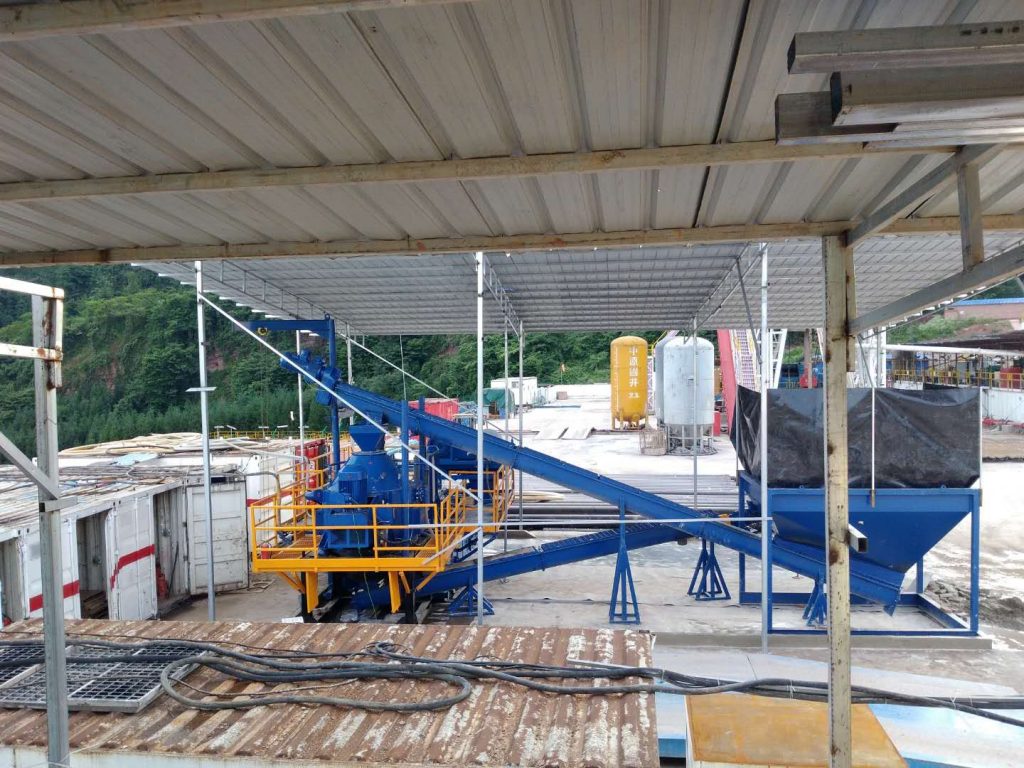Mud Recycling System Treatment Process: Efficient, Eco-Friendly Drilling Waste Management
In modern drilling operations, managing drilling mud waste is both an environmental obligation and a cost-saving opportunity. A mud recycling system treatment process ensures sustainable reuse of drilling fluids while minimizing environmental impact. This article explores how advanced mud recycling systems work, their benefits, and why they’re essential for compliant, efficient drilling operations.

How Does a Mud Recycling System Work?
The mud recycling treatment process involves multiple stages to separate, clean, and reuse drilling fluids:
1. Solid-Liquid Separation
- Shale Shakers: Remove large cuttings (≥75μm) from drilling mud via vibration screening.
- Decanter Centrifuges: Further separate fine solids (5–10μm) using centrifugal force.
- Key Benefit: Extends mud lifespan, reduces disposal costs.
2. Chemical Treatment & Stabilization
- Polymer Flocculants: Bind ultrafine particles for easier removal.
- pH Adjustment: Optimizes mud properties for reuse.
- Key Benefit: Maintains mud viscosity and lubricity.
3. Dewatering (Optional)
- Filter Presses: Reduce moisture content in separated solids for landfill compliance.
- Evaporation Pits: Natural drying for arid climates.
4. Clean Mud Reintroduction
- Recycled fluids are reinjected into the active mud system.
- Key Benefit: Cuts fresh mud consumption by up to 70%.
Why Invest in a Mud Recycling Treatment System?
✅ Cost Savings
- Reduce fresh mud purchases by 50–80%.
- Lower waste transportation/disposal fees.
✅ Environmental Compliance
- Meets EPA, OSHA, and regional drilling waste regulations.
- Minimizes groundwater contamination risks.
✅ Operational Efficiency
- Fewer drilling interruptions for mud replacement.
- Consistent fluid properties enhance ROP (Rate of Penetration).
Industry Applications
- Oil & Gas Drilling (Onshore/Offshore)
- HDD (Horizontal Directional Drilling)
- Geothermal Well Construction
- Mining & Tunneling Projects
Choosing the Right Mud Recycling System
Consider these factors:
- Throughput Capacity (50–500 m³/h systems available)
- Automation Level (Manual vs. PLC-controlled)
- Mobility (Skid-mounted, trailer, or modular designs)
Pro Tip: Look for ISO 9001/14001-certified suppliers with field-proven
FAQs About Mud Recycling Systems
Q: How much waste can a recycling system reduce?
A: Up to 90% of drilling waste volume through solids removal and reuse.
Q: What’s the ROI of a mud recycling unit?
A: Typically 6–18 months via mud cost savings and reduced disposal fees.
Q: Can it handle oil-based mud (OBM)?
A: Yes, but requires additional thermal or chemical treatment modules.
Conclusion
A mud recycling system treatment process transforms drilling waste from a liability into a resource. By investing in this technology, operators achieve:
- Lower costs
- Regulatory compliance
- Smaller environmental footprint
Ready to upgrade your drilling waste management?
Contact KOSUN for a free consultation on customized mud recycling solutions!










